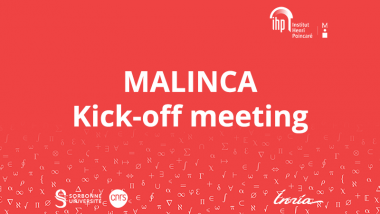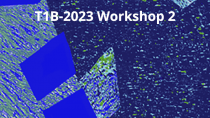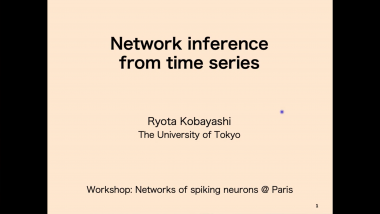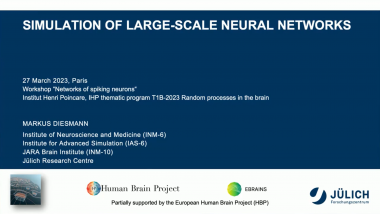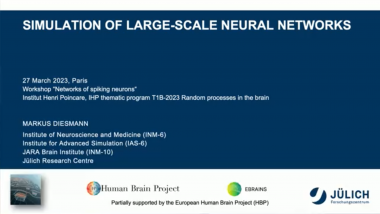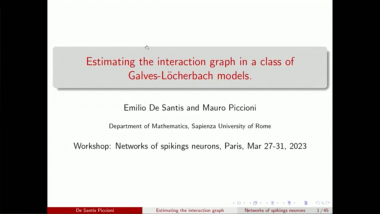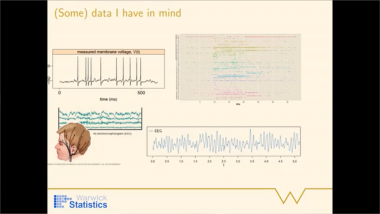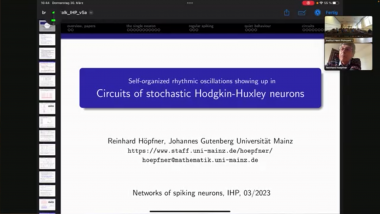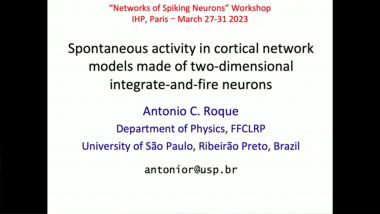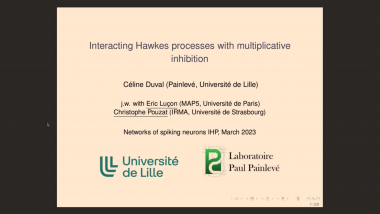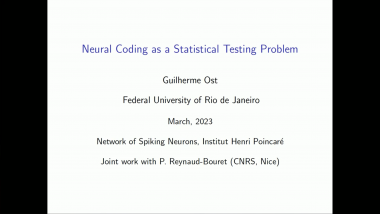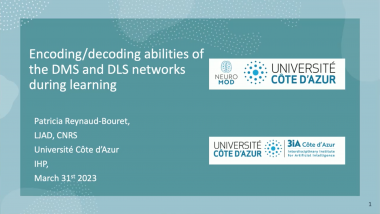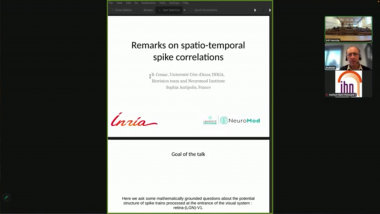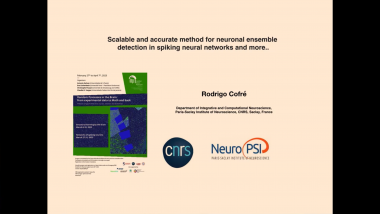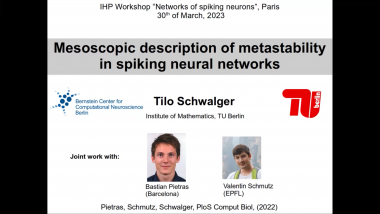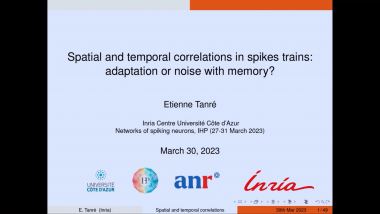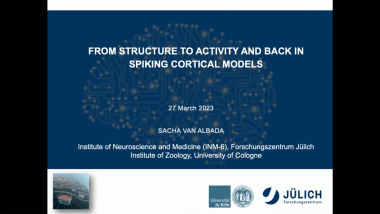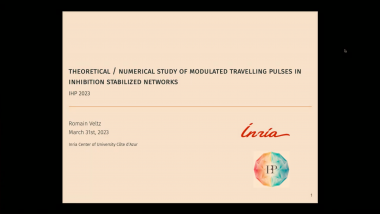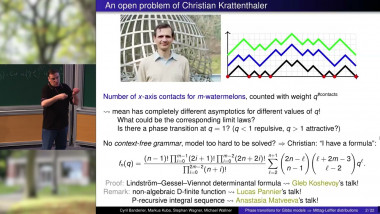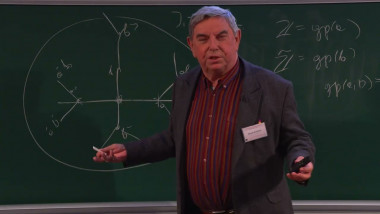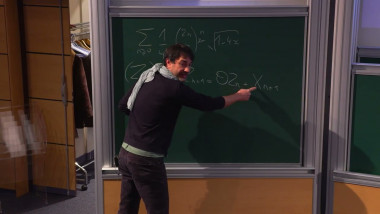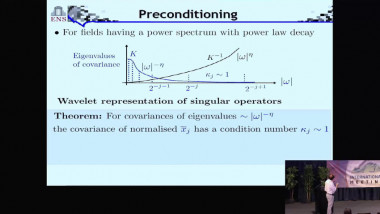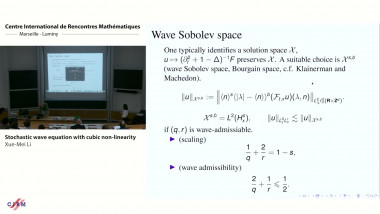Simulation of large-scale neural networks - Part 2
In this talk I will criticize the present state of the field of computational neuroscience by pointing out that minimal models explain individual mechanisms, but do not confront these ideas with the anatomical and physiological constraints of the brain. The reduction to the bare equations required provides researchers with few contact points to build on these works and construct larger systems with a wider explanatory scope. Furthermore, although the brain is large, it has a finite number of elements, such that downscaling the network size or taking limits to infinity come with the risk of perturbing the correlation structure. Why are larger models not routinely being built, and why does computational neuroscience seem to be stuck at a certain level of model complexity? There are multiple reasons for this situation. On the conceptual level there is a tradition in neuroscience to fund only hypothesis-driven research; instrument-driven or platform-based research is not common, although Nobel prizes are given for methods. Additionally, constructing large-scale models goes beyond the period of an individual PhD project. Possibly, doctoral researchers may just be missing the digital tools to reuse large-scale models and extend them reproducibly. Nevertheless, simulation has firmly established itself in neuroscience as a third pillar alongside experiment and theory. With simulations, researchers can probe ideas beyond what is presently treatable by analytical approaches or accessible by experimental techniques. In addition, simulation software has matured to a point where researchers can collaborate by exchanging high-level model descriptions. Digital workflows are becoming available which enable researchers to collaborate on large-scale models as data integration platforms. I argue that the change of perspective required is to view software as scientific infrastructure with all consequences for the requirements on quality, long-term availability, and support. As a concrete example, I discuss how the universality of mammalian cortex has acted as a motivation to construct large-scale models, and demonstrate how digital tools have helped to reproduce results and increase the confidence in such models. The accessibility of benchmark models drives further modeling work, but also influences technological developments in the field of neuromorphic computing.
